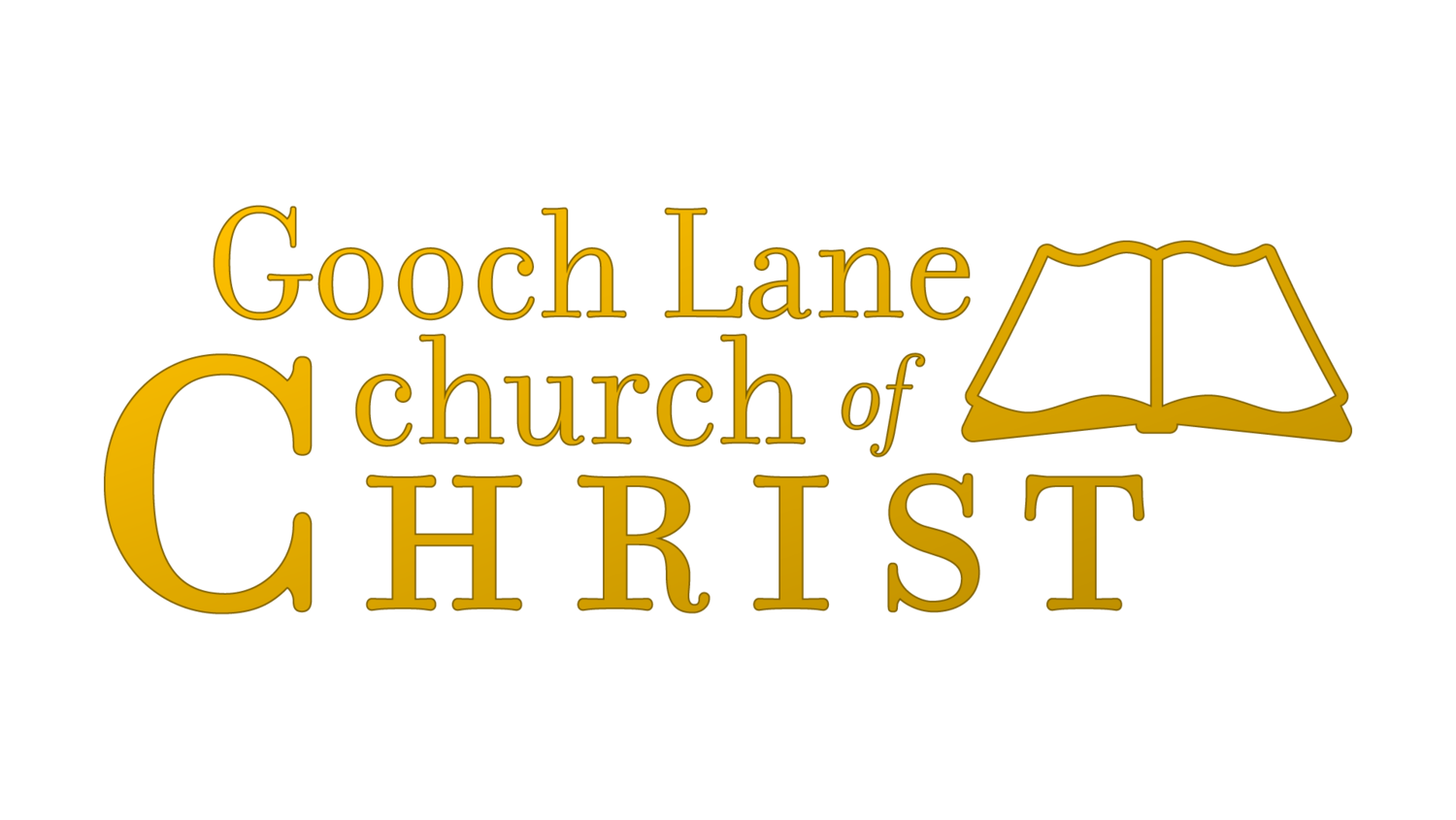The Patterns of the Prophets Fulfilled in Jesus
The Bible is full of patterns that repeat themselves throughout the course of history. The book of Hebrews describes the Tabernacle this way: “For when Moses was about to erect the tent, he was instructed by God, saying, “See that you make everything according to the pattern that was shown you on the mountain.” (8:5) The Tabernacle was modeled after a pattern of the perfect Tabernacle in heaven. This idea of patterns can be extended to many other things we see in the Bible, most prominently Jesus. Jesus fulfills (in this sense, makes full or complete) the patterns of many people and stories in the Bible. Here is one of those patterns:
Elijah and Elisha are two prominent prophets within the Old Testament. Elijah is often remembered more often than his successor, Elisha. This is really interesting to me, because as mighty and as wonderous the works of Elijah were, we are told that Elisha received a double portion of the spirit of Elijah when he watched his mentor ascend into heaven in a firey chariot (2 Kings 2).
It is interesting to consider the ministries of these two men as a whole, because while their names are similar, and they followed one after the other, their ministries had some significant differences from one another.
Elijah’s ministry is one that I would describe as a ministry of repentance. He prophesied during a time of great persecution of God’s people. The Northern Kingdom of Israel had slid into Baal and Asherah worship, mainly at the influence of Queen Jezebel. Elijah’s most famous feat was on Mount Carmel when he called down fire from heaven to consume an offering that Baal could not. Afterwards Elijah called the people to turn back (repent) to Yahweh and execute the false prophets of Baal and Asherah. Elisha’s miracle workings were mainly to demonstrate which God, Yahweh or Baal, was real, and to then call Israel to repent and return to the worship of the one true God.
Elisha’s ministry happens in a different historical context. While there are still many in Israel who refuse to follow Yahweh, there isn’t nearly the level of persecution in Elisha’s day as in Elijah’s. During Elijah’s time, prophets of God had to be hidden in caves (1 Kings 18:3-4). By contrast, in Elisha’s time, the prophets and sons of the prophets are out in the open, building houses for themselves. Also, there seem to be more people in Israel seeking the help of the Lord during Elisha’s time. Jesus makes this point when he mentions that during Elijah’s time, Elijah was sent to a Sidonian widow during a famine, implying that perhaps there was not someone in Israel willing to take him in (Luke 4:26).
While I would call Elijah’s ministry one of repentance, I would call Elisha’s ministry one of restoration. The first event of Elisha’s ministry is being called to Jericho (2 Kings 2:15ff), where only a few decades previous, the builder (or re-builder of the city) had paid the price of Joshua’s curse by losing h is firstborn and lastborn son (1 Kings 16:34). It seems the curse surrounding Jericho remained. The city had a bad water supply, and they asked Elisha to help them. Elisha restores the water, reverses the curse on Jericho, and the people are saved by calling on the messenger of the Lord. This pattern emerges time and time again in Elisha’s miracle works.
A woman deeply in debt she cannot repay calls on Elisha. He tells her to collect as many jars as she can and fill them with her little amount of oil, and to keep filling them, and when she finally filled them all she was able to pay off her debts and live off the rest. A debt she could not pay was paid, and her life was restored (2 Kings 4:1-7).
Elisha is making a stew with several other prophets, and someone accidentally put in a poisonous plant. Elisha added some flour, and removed the death from the pot. He took a ruined stew, filled with death, and restored it back to its life-giving properties (2 Kings 4:38-41).
And another story: The sons of the prophets are building themselves homes, when one of the prophets loses his axe head in a river. He calls to Elisha, saying he had borrowed the axe. Elisha makes it so that the axehead floats on the water. That which was lost, is now found and restored (1 Kings 6:1-7).
Another, Elisha had told a barren Shunammite woman that she would have a child, and a little while later, that child dies. Elijah brings the child back to life after stretching himself upon the child, restoring the child to life and to his mother (1 Kings 4:8-37).
Perhaps you already notice the greater pattern. In Malachi, Elijah is prophesied to return (4:5-6), and in the New Testament, that Elijah is identifed with John the Baptist (Luke 1:17). We are told John’s message was one of repentance (Luke 3:3). But notice, Elijah was not the last prophet. Another prophet with a greater portion of the spirit came after Elijah, and so it was with John the Baptist as well.
Jesus came, and while Jesus preached the necessity of repentance, he also followed in the pattern of Elisha. The problems of Jericho, the widow, the sons of the prophets, they could repent, but they had already messed up in their own individual ways and needed someone to save them from the mess they had found themselves in. So like Elisha, Jesus not only came to call people to repent, but to restore that which was broken, to pay the debts that could not be paid, to find that which was lost, and to bring life to that which had been cursed with death.






